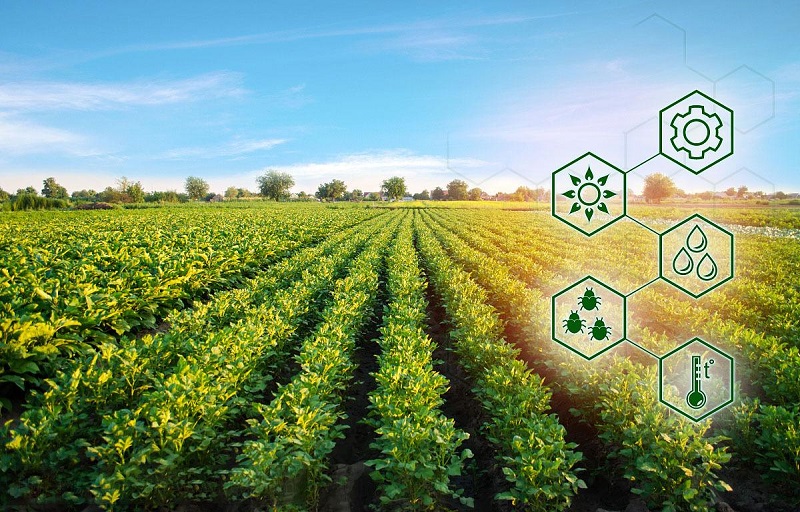“Food is the most important thing for the people; if agriculture is stable, the world will be stable; if farmers are safe, the world will be safe.” With the development of the times, the traditional agricultural farming model can no longer meet the pace of the information age. The environment is deteriorating, product quality problems are prominent, and the market products are diverse. Many problems such as globalization demand and insufficient agricultural resources have slowed down the pace of agricultural development. Therefore, the development of smart agriculture is an unstoppable and wise choice for current agricultural development.
Abandon traditional production methods and future agriculture will not rely on humans
At present, smart agriculture has not only become a trend in the development of agriculture in China, but has also been widely implemented in modern agriculture abroad. Nowadays, new technologies such as big data, Internet of Things, and artificial intelligence are constantly changing our lifestyles, and agriculture is also developing in an intelligent direction. The application of digital, automated, and intelligent technologies in the agricultural field is accelerating. The concept of unmanned agriculture has basically taken shape. The planting, management, and harvesting of crops have all achieved “unmanned” operations. Intelligent and advanced agriculture such as agricultural drones have Machinery has become a “good helper” for farmers in farming.

What benefits can smart agriculture bring to farmers?
1. Save farming costs
The continued rise in farming costs is one of the reasons that dampens farmers’ enthusiasm for farming. The most expensive farming cost is labor. Unmanned technology makes farming methods more scientific, simplifies many processes, and effectively solves the dilemma of “difficult and expensive labor”. Using drones to sow rice is a good example. Traditional rice cultivation requires raising, moving and transplanting seedlings, each step requiring a lot of manpower and material resources. Since live broadcast drones do not require these links, the treated seeds can germinate and grow if they are sown directly, and the growth period is short. Compared with transplanting rice using traditional methods, this sowing method reduces the cost by 10%.
2. Improve production efficiency
The application of unmanned technology to the agricultural field has greatly improved production efficiency. Taking mountainous and hilly areas as an example, the orchard area is large, the land is irregular, and the slopes are steep. It is inconvenient to walk manually when spraying pesticides. The spraying is difficult and efficient, and it is really laborious. Agricultural drone operations can be completed in an orchard of hundreds of acres in one hour without any leakage or re-spraying.
3. Achieve precise agricultural management
By collecting data from the Internet of Things and using big data analysis, rotary tillers can be controlled remotely, drones can monitor the health of crops, and robots can automatically pick fruits. The ideal model of unmanned operations in all agricultural scenarios is now being realized.
Resuma
Internet of Things technology has opened the door to smart agriculture, and behind this is the role of big data and cloud computing. Facing the future, we must comprehensively build smart agriculture to make agricultural operations more convenient and scientific, significantly reduce labor costs, improve the output and quality of agricultural products, and thereby achieve the goal of increasing farmers’ income and becoming rich.